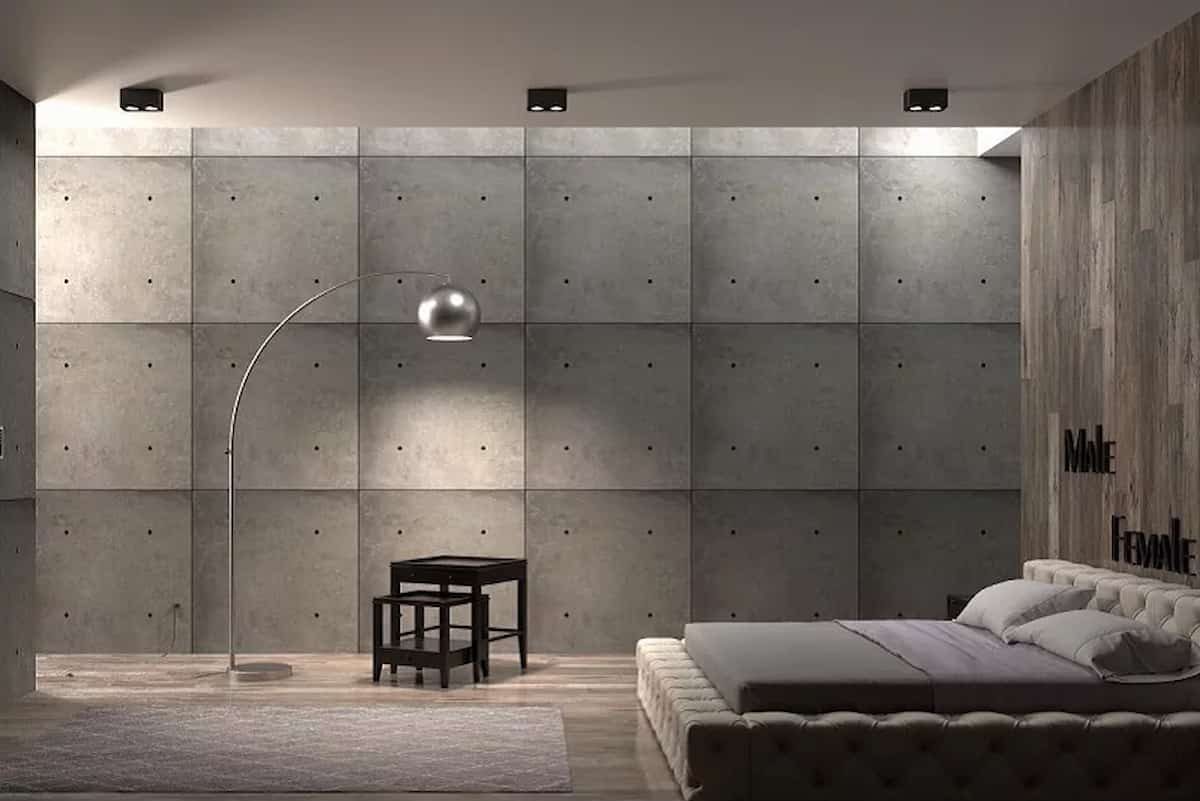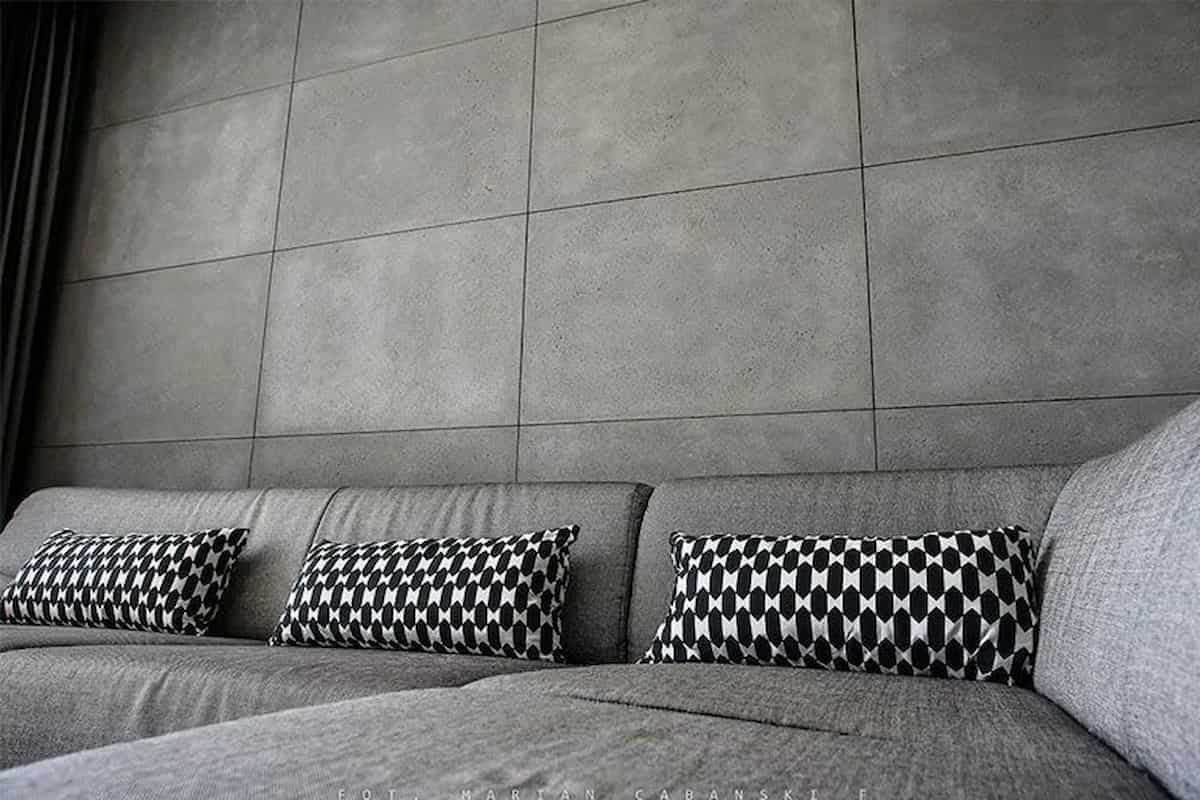We are going to talk about lightweight concrete decorative tiles and check how to create lightweight concrete ornamental tiles from waste materials in many beautiful colors and patterns, to attain the qualities of ornamental lightweight concrete tiles, to evaluate the benefits and use of lightweight ornamental concrete tiles, the mixture of ornamental tiles and waste materials in various ratios.
Modern ornamental concrete tiles that are lightweight are widely used. However, using waste to create lightweight concrete ornamental tiles is a pretty new concept in our nation.
The lightweight concrete ornamental tiles are the subject of this dissertation’s research. Making attractive tiles out of trash is the goal of this dissertation.
Building materials are becoming more and more significant in the construction business today. Due to its durability, fire resistance, affordability, and ability to be cast in one piece, concrete has emerged as the most crucial material for huge buildings.
Lightweight concrete can be structural concrete that weighs a little bit less than regular concrete and reduces the weight of a structure, or it can be significantly lighter and used primarily for soundproofing and insulation.
Compared to regular concrete, it is lighter. Worldwide adoption of lightweight concrete blocks is widespread. Its benefits include:

Less dead load.
Faster building rates during construction.
Lower hauling and handling expenses.
Since the beginning of human history, decorative tiles have been used, with some of the first instances of decorative wall tiles dating back 4,000 years. The modern ornamental tiles we see now have remnants of this rich heritage.
Images, figures, and patterns were created on tiles using various methods. These methods include transfer printing, metallic overlays, glazed clay, encaustic or inlaid clay, mosaic stone, mosaic clay tiles, hand painting, carving, and form-cutting, as well as sgraffito (scratched tiles). Today, ornamental tiles are still made using all of these techniques.
These resemble ancient tilemakers’ creations quite closely. In reality, art tiles, as they are known in the trade, have emerged as the fastest-growing trend in tile design and are still highly regarded by customers and designers in the twenty-first century.
Methodology
The relevant literature on lightweight concrete bricks and clay bricks will be reviewed in this study. A systematic study of the literature must be done to accomplish the full goal.
This evaluation must include reference books from the library, institutional and statutory publications, periodicals, trade and academic journals, and more. An investigation of the pertinent data was conducted, including an internet search, to learn more about the differences between clay and lightweight concrete brick in terms of their qualities.
We shall be informed of the future and present data by the whole information search from the Internet.
A systematic postal questionnaire will be used to collect data. However, a first pilot study will be carried out to examine the validity of the questionnaire in-depth in a laboratory setting.
There are two ways the experiment results will be analyzed. First, compare the results using a table format. The second step is to create a result proposal, after which you can create a table and list the differences between the two materials.

Lightweight Concrete Decorative Tiles: What Are They?
Lightweight concrete mixtures are frequently utilized in the construction business, where weight savings is a crucial consideration, according to Jeffrey Girard (2006). Floor, roof, or bridge decks are among the most frequent applications for lightweight concrete, along with paving systems, masonry blocks, and offshore oil constructions.
By using lightweight aggregate in place of some or all of the regular weight aggregate, lightweight concrete can be created. Frequently, lightweight aggregate is used to replace the coarse fraction, and regular-weight sand is used for the fines.
“Lightweight concrete can be characterized as a form of concrete that incorporates an expansion agent in that it enhances the volume of the mixture while delivering extra attributes such as availability and lowered the dead weight,” writes Mat Lazim Zakaria in 1978.
“Lightweight concrete is lighter than ordinary concrete with a dry density ranging from 300 kg/m3 up to 1840 kg/m3; 87 to 23% lighter,” wrote Mohd Roji Samidi in 1997. Pumice, the most popular sort of aggregate used in that year, was utilized to build “The Pantheon,” the Romans’ first introduction to it in the second century.
When weight savings are a priority, such as when building a floor, wall, bridge deck, or roof, lightweight materials are frequently used. In order to make lighter materials with the same amount of sand, lightweight aggregate is typically substituted for conventional weight aggregate.
It can also be created by increasing the volume of the mixture by adding an admixture or expanding agent. The weight of the concrete will be reduced.
While lightweight concrete can be produced lighter than conventional concrete by up to 87%, it is most frequently made by substituting lightweight aggregate for regular aggregate.

Decorative tiles History
Since the beginning of time, there has been decorative tile. In reality, some of the first written records were actually engraved onto tiles, burnt, and then kept in royal libraries.
Even glazing tiles have been done for a very long time, as evidenced by archeological treasures like the Ishtar Gate of the Babylonian King Nebuchadnezzar II (dating to around 575 BC).
In mosaics found all over Greece and Italy, tiles were frequently utilized to create elaborate images with significant religious and cultural significance. Tile mosaics were frequently used as decorations in Roman baths, and some of them still exist.
Early on, only members of the upper class and the clergy were allowed to use ornate tiles. During the Middle Ages, ceramic tile usage expanded throughout Europe.
The such tile was once widely produced in Italy, and it still is. A testament to their endurance is the fact that tiles from churches all around Europe can still be seen today.

Papercrete is a waste product.
Papercrete is a lightweight, insulating concrete made from a combination of Portland cement and recycled paper fiber. The highest air pocket density in the dry matrix results in the greatest insulation value. High strength is obtained when the portland cement is fully coated on the paper fiber.
In order to provide great sound absorption, flame/fungus resistance, and bug/rodent resistance, papercrete is combined with Portland cement.
As a result of its relative lightness, it might be the perfect material for earthquake-prone regions.
It can be applied over a framework to create a roof or dome, or it can be utilized in many different ways, such as blocks, panels, pouring in place, using igloo blocks to create a self-standing dome, and more.












Your comment submitted.